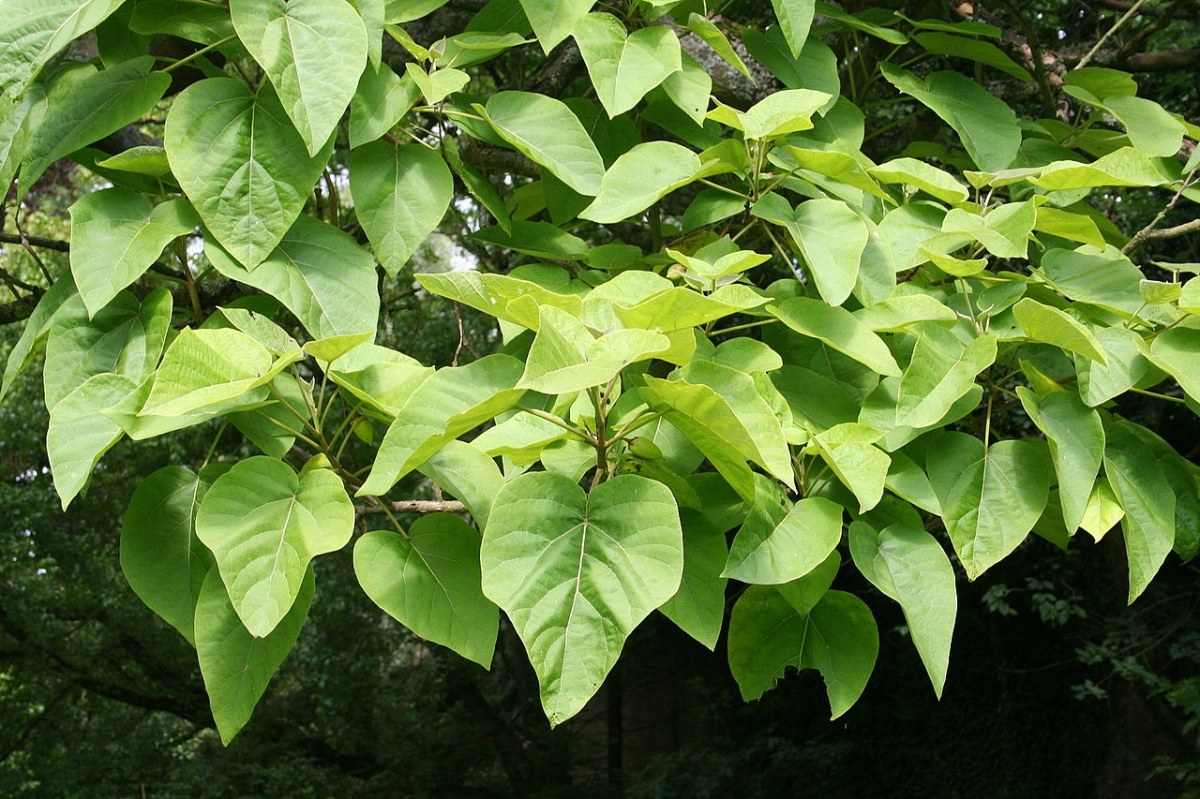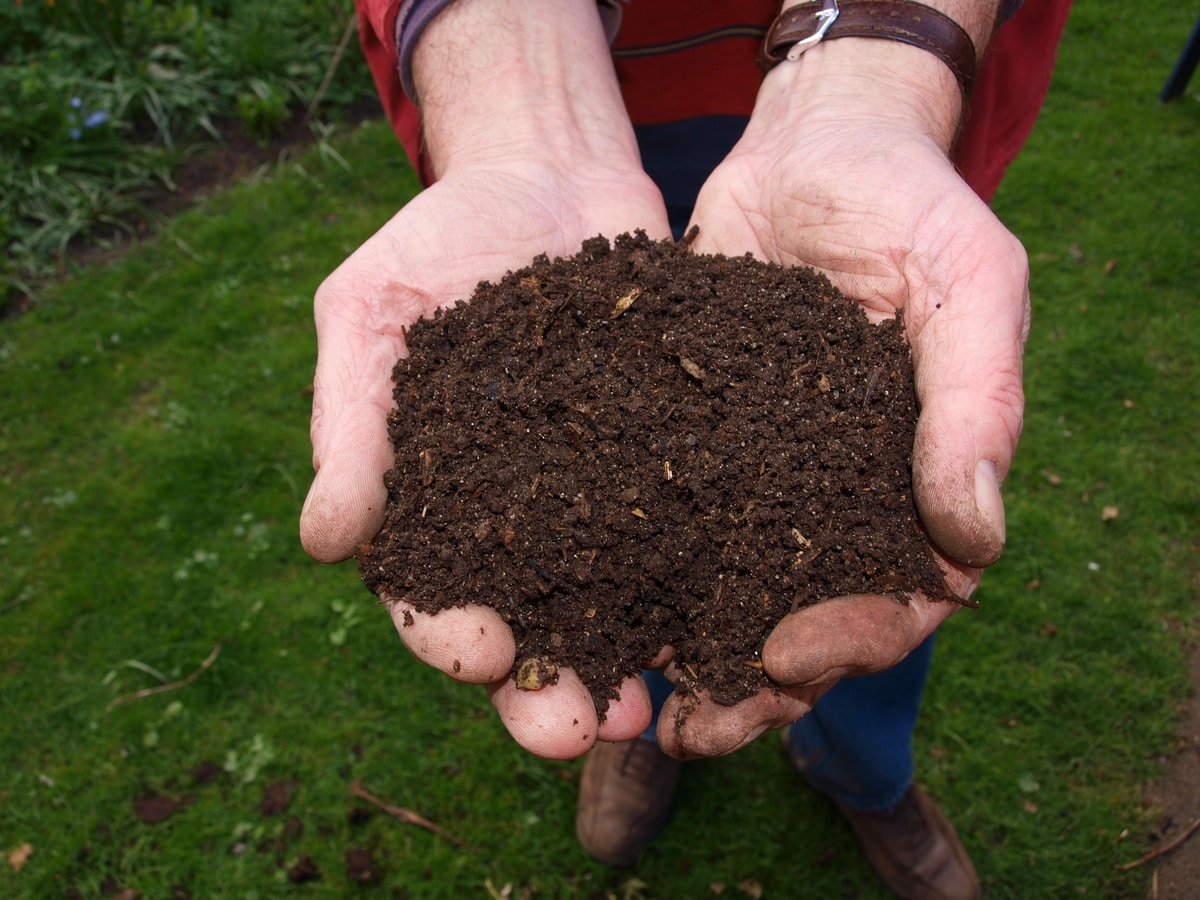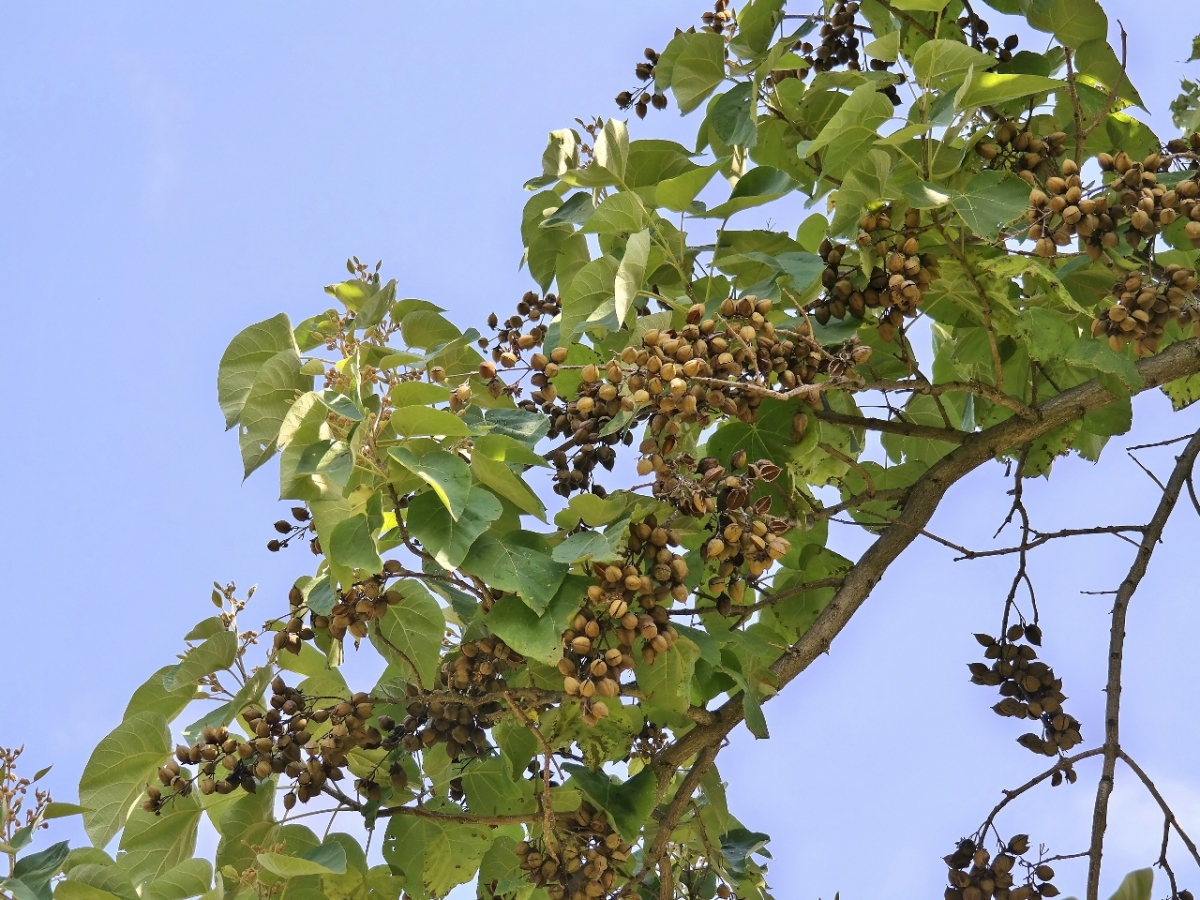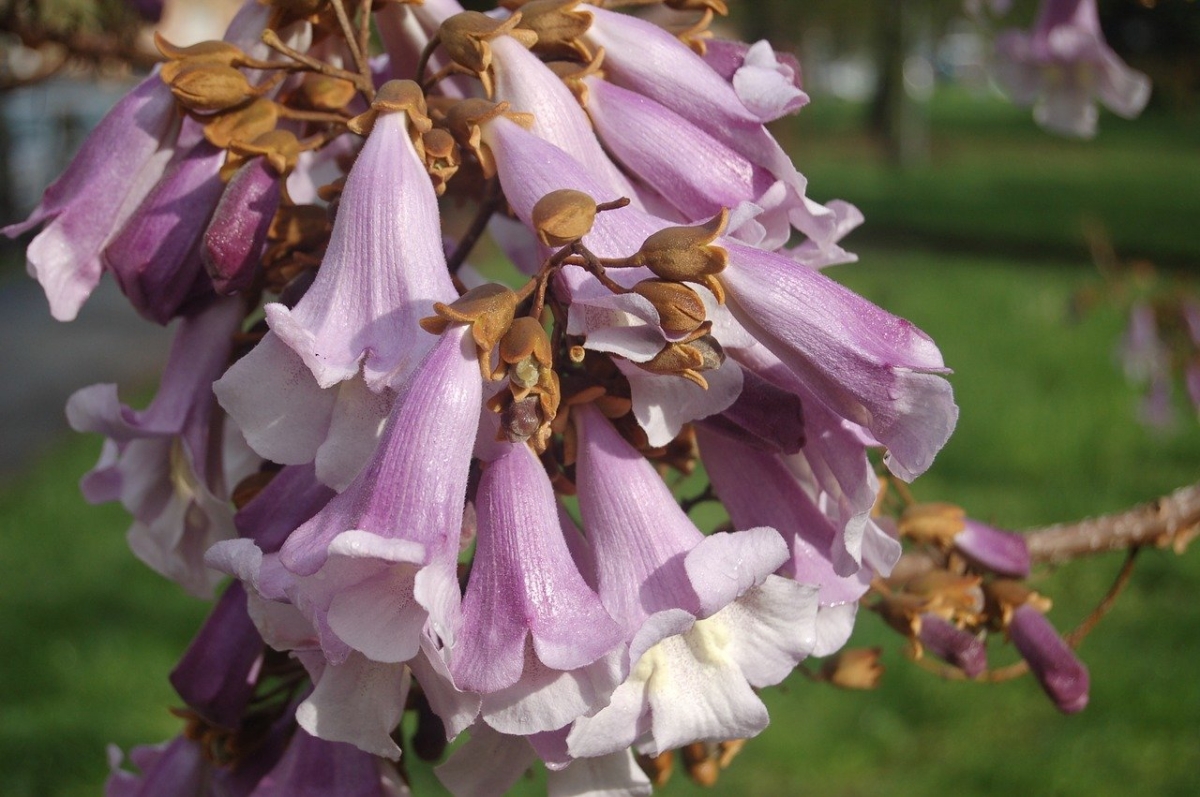
Image - Wikimedia / Jean-Pol GRANDMONT
The tree known by the name of kiri is said to be almost miraculous., which can help us fight even global warming. But the reality is that, until now, we have not been able to find any scientific study that shows that it absorbs more carbon dioxide than others. But that does not mean that it is not an interesting species to have in a garden.
Its crown is wide and leafy, so it provides a lot of shade, something that is appreciated especially during heat waves. In addition, its growth rate is fast, and it produces good-sized flowers. Would you like to know more about him?
Origin and characteristics of kiri

Image - Wikimedia / Jean-Pol GRANDMONT
The kiri tree, also called imperial paulownia, is a plant native to China. Its scientific name is paulownia tomentosa, and is part of the Paulowniaceae family. It can reach a maximum height of 20 meters, developing a trunk that is straight at first but tends to twist slightly with age. The bark is grayish brown, and its branches sprout well above the ground.
The leaves are cordate with an acute apex, measure a maximum of 40 centimeters, and may have a pubescent underside. In addition, they have petioles, that is, a stem that joins the blade of the leaf with the branch, which measure more or less the same as the blade.
Its flowers are grouped in inflorescences that are usually pyramidal, or sometimes conical.. They are bell-shaped and lilac in color (similar to lavender flowers). Once they are pollinated, they produce fruits that are egg-shaped capsules, which are tomentose and not very large since they only measure about 4 centimeters. The seeds are winged, and measure between 2 and 4 millimeters long.
What is?
The kiri has several uses, which are as follows:
- Ornamental: Provides shade and color to gardens. It grows fast, and also tolerates heat and frost.
- city tree: Tolerates pollution and can live well in nutrient-poor soils. Of course, you have to keep in mind that it is interesting in a park, not on a sidewalk and even less if it is narrow, since the roots could lift it.
- Prevent erosion: the roots help prevent this problem.
- as fertilizer: Green leaves have a high nitrogen content, so they can be used to fertilize the soil.
How do you take care of paulownia?
La paulownia tomentosa It is not a difficult tree to care for, but of course, like all living beings, it has its own needs. To keep it healthy, we recommend taking care of it in the following way:
Location
It is a tree that must be planted in the ground, in a land where it can grow at ease. It tolerates limestone soil without problems, although it is important that it drains water well.
While it is young it can be in a pot, but we recommend planting it in the ground as soon as possible.
Earth
If we want to sow seeds or we have a young seedling that we do not want to go to the ground yet we can use universal substrateas this.
And if we intend to plant our kiri tree in the ground, we have to know that it is not demanding, but that it is preferable that the ground does not get waterlogged easily.
Irrigation
The kiri does not resist drought. It is a plant that must receive water regularly, either from rain or irrigation, throughout the year.. If this is not the case, it will not be able to prosper and in the end it will dry up.
For this reason, we recommend watering, if it does not rain, two or three times a week during the months when it is hot (temperatures between 20 and 40º or more), and once or twice a week the rest.
Subscriber
You can pay, if you want, in spring and until the end of summer. It's not really necessary as it grows well in poor soil, but it doesn't hurt either.
For this, we can use natural fertilizers, such as compost, or animal manure.

Multiplication

Image - Flickr / Mauricio Mercadante
La paulownia tomentosa multiplies by seeds in spring. These can be planted in pots or yogurt cups (previously washed and having made a small hole in their base with the tip of a knife or scissors) with soil for seedbeds.
You just have to try to plant two or three in each one, and bury them only a little. Then, we will water and place them outdoors, in an area exposed to sunlight.
Plagues and diseases
It is a very strong tree may only have some problems with herbivorous insects, such as locusts or grasshoppers. If the specimen is an adult, it will not be a concern, but if it is young, we can notice that its growth is delayed.
Rusticity
Resists frost down to -12ºC, as well as heat up to 40ºC if you have water at your disposal.
What do you think of the kiri tree?
